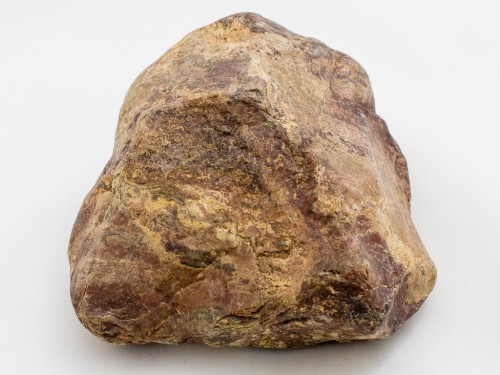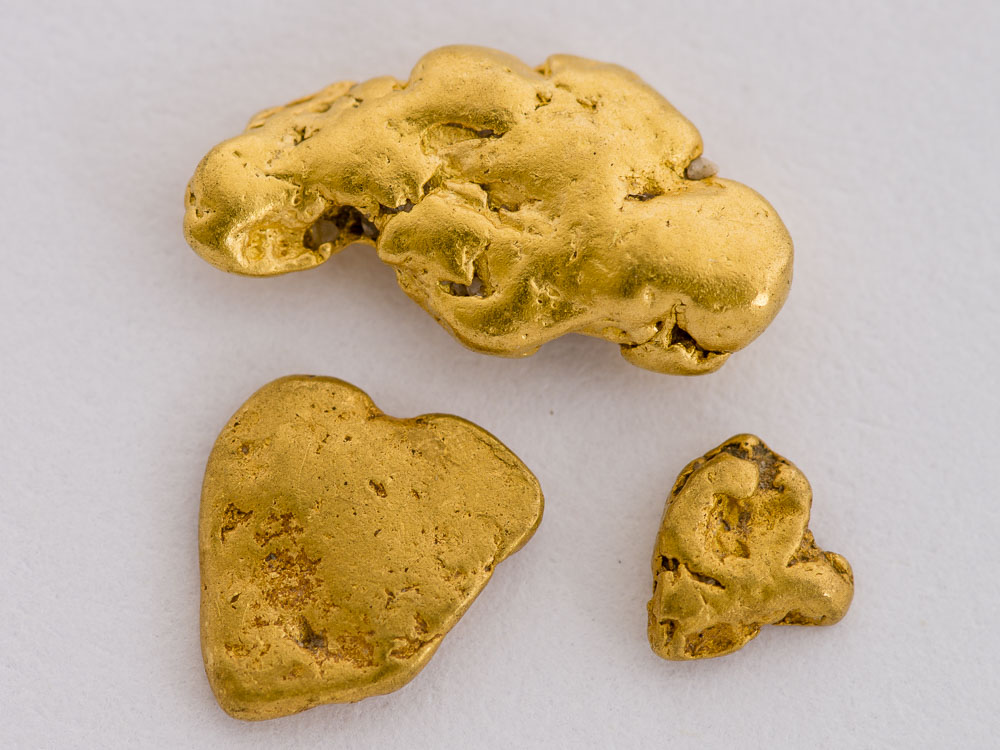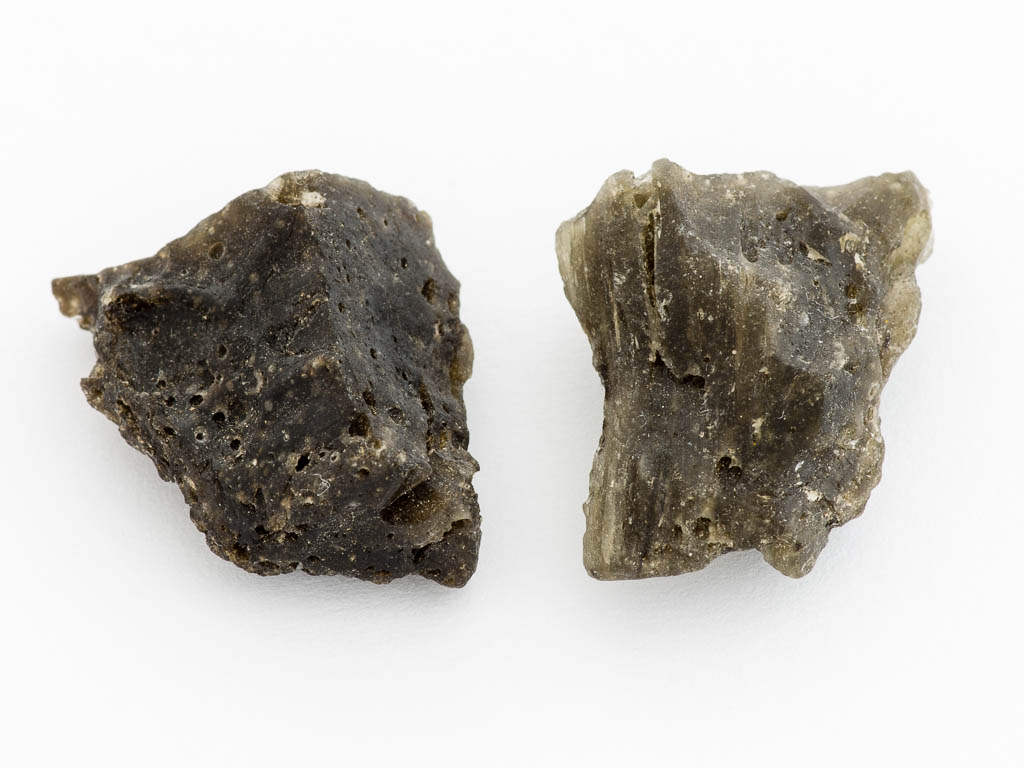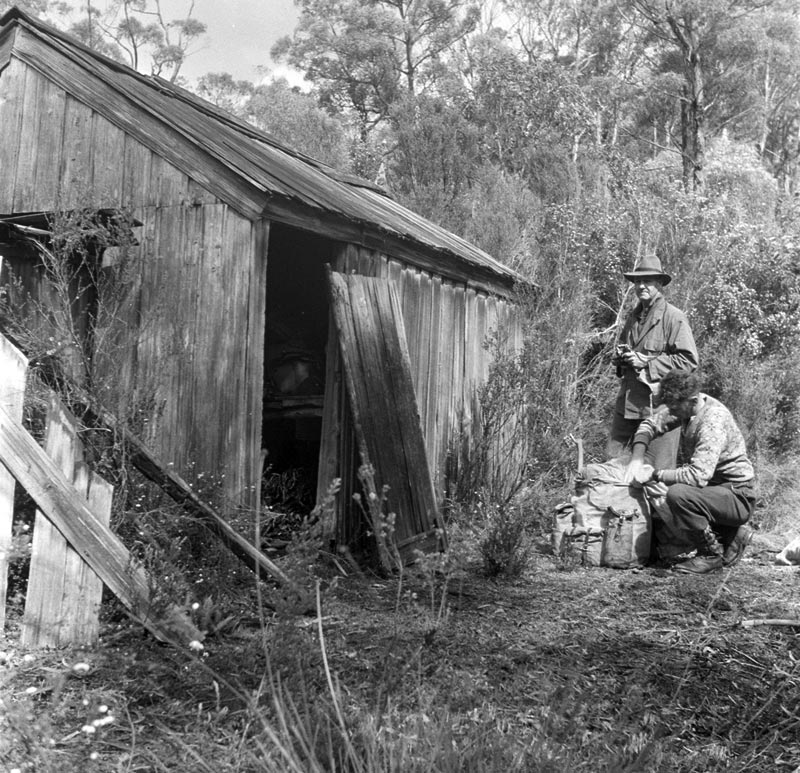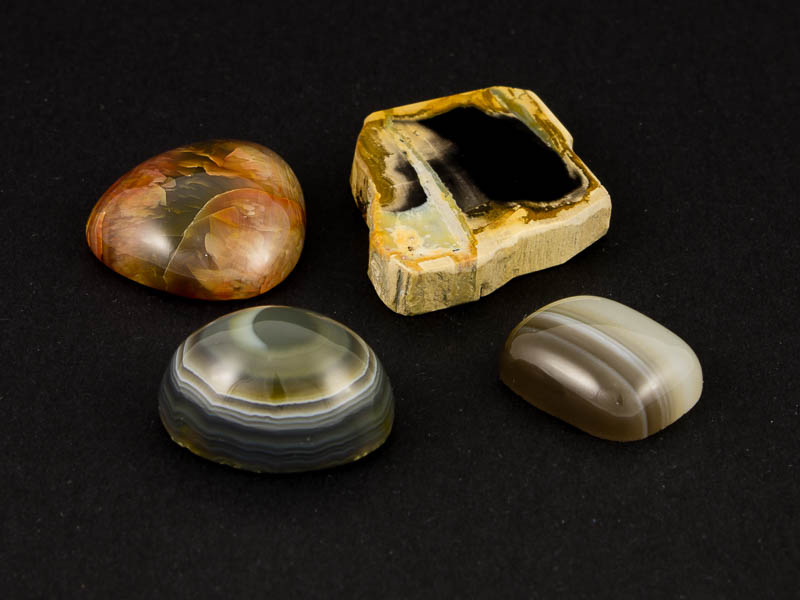While jasper is a fairly common gemstone, the coast between the towns of Penguin and Ulverstone in north-western Tasmania is a particularly good place to find high-quality stones. There is even a dedicated Fossicking Area in Penguin, which is a great place to get started, and where you can still find some great quality material.
Continue readingPosts Tagged → access
The Ring River Goldfield
The Rosebery – Zeehan – Dundas area is renowned mainly for its silver-lead, zinc and tin deposits. However, some decent finds of gold were also made. The main gold workings in this part of the west coast were in the Ring River area and Melba Flats. Both of these produced some sizeable nuggets in their day. The Ring River goldfield was home to one of Tasmania’s gold rushes, in 1891.
Continue readingDarwin Glass in Tasmania
Darwin glass is made up of earth crust material that was ejected into the atmosphere and melted by a meteorite impact. It cooled quickly as it fell back to earth, and formed a glassy material. It is mostly green in colour, and is uniquely Tasmanian.
Continue readingThe Jane River Goldfield
The Jane River goldfield, which came to prominence at the time of the 1930s depression, was Tasmania’s last gold rush.
Continue readingThe Mathinna goldfield
The Mathinna goldfield started, like many others, with the discovery of alluvial gold, this time in Black Horse Gully. The area contains one of Tasmania’s largest gold mines, the New Golden Gate, which had a total (historical) production of over 260,000 ounces (~8 tons) of gold. The whole area is riddled with mines, prospects and old workings, and is fairly easy access with light bush.
Continue readingLune River Fossicking Area — Overview
The most popular fossicking area in southern Tasmania is Lune River, which produces mostly lapidary material. Lune River materials include agate, carnelian, onyx and sardonyx, jasper, petrified wood and petrified fern. Occasionally agate geodes have vughs with clear quartz crystals, rarely citrine or amethyst.
Continue reading
